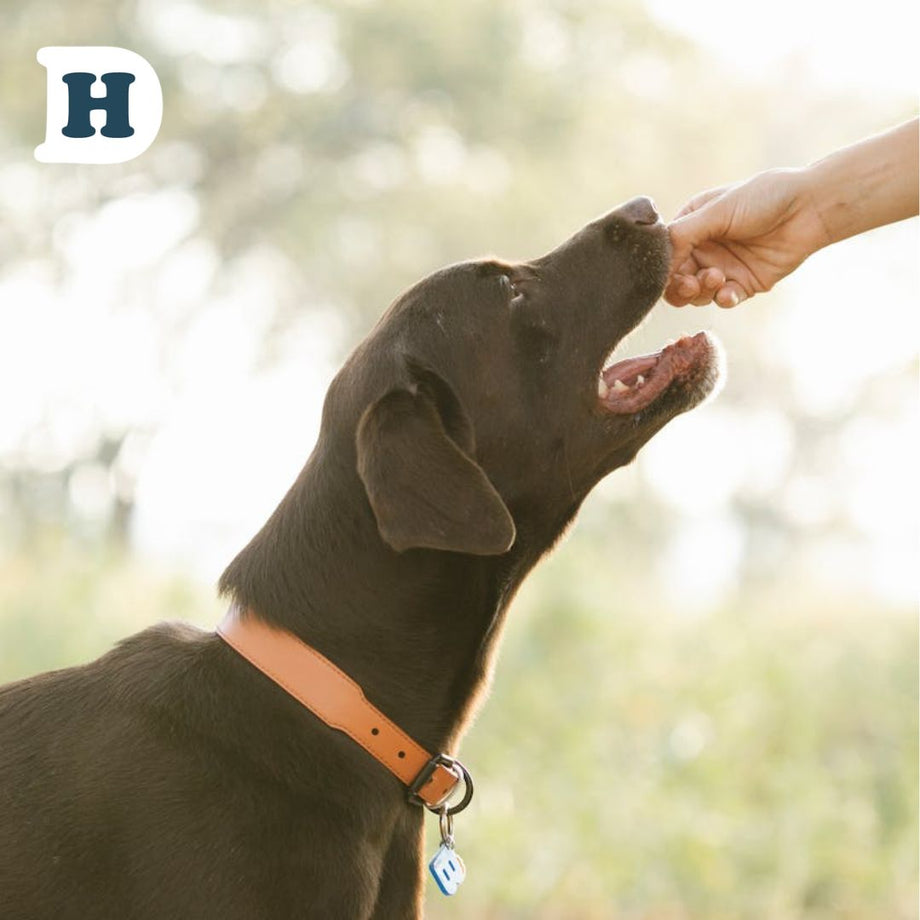
Dogs are known for their ability to communicate with humans through body language and vocalisations.
But can they actually smile?
While dogs may not smile in the same way humans do, they do have their own unique ways of expressing happiness and contentment.
Learn how to read your dog's facial expressions and understand what they're trying to tell you.
Understanding the basics of dog facial expressions.
Dogs use their facial expressions to communicate a wide range of emotions, from happiness and excitement to fear and anxiety. Some common facial expressions to look out for include a relaxed mouth, raised eyebrows, and a wagging tail, which can indicate happiness and contentment. On the other hand, a tense mouth, narrowed eyes, and a tucked tail can indicate fear or anxiety. By paying attention to your dog's facial expressions, you can better understand their emotions and respond accordingly.
How do dogs express a smile?
Dogs do not express a smile in the same way that humans do, as they do not have the same facial muscles that allow us to consciously manipulate our expressions. However, dogs can display body language that may appear to indicate a smile, which is a sign of happiness and relaxation.
One way that dogs may display a smile-like expression is by wagging their tail, which can indicate excitement and joy. Additionally, dogs may open their mouths slightly and pull back the corners of their lips to reveal their front teeth, which can give the appearance of a smile. This expression is often referred to as a "submissive grin" or a "doggy smile."
It is important to note that not all dogs will display a smile-like expression in the same way, and some dogs may not display this behavior at all. Additionally, some dogs may display similar body language when they are feeling anxious or fearful, so it is important to consider other signs of a dog's emotional state, such as their posture, tail position, and overall behavior, when interpreting their body language.
Identifying signs of happiness and contentment.
Dogs have a variety of ways to express happiness and contentment through their facial expressions. One of the most obvious signs is a relaxed mouth, with the corners turned up slightly.
They may also have raised eyebrows, which can make their eyes appear larger and more open. A wagging tail is another clear indication of happiness, especially if the tail is wagging in a loose and relaxed manner. Additionally, dogs may pant or make soft, contented noises when they are feeling happy and relaxed.
Recognising signs of fear and anxiety in your Dog's Facial Expressions.
While it's important to understand when your dog is happy, it's equally important to recognise signs of fear and anxiety. A dog that is feeling fearful or anxious may have a tense body posture, with their ears pulled back and their tail tucked between their legs.
They may also pant excessively, drool, or lick their lips. In some cases, a fearful dog may even growl or bark aggressively. It's important to pay attention to these signs and take steps to help your dog feel more comfortable and secure.
Interpreting body language and vocalisations.
Dogs communicate through a variety of body language and vocalisations. Understanding these cues can help you better understand your furry friend's emotions and needs. For example, a wagging tail can indicate happiness, but the position and speed of the wag can also convey different meanings. Similarly, growling or barking can indicate aggression, but it can also be a sign of fear or discomfort.
By paying attention to your dog's body language and vocalisations, you can better interpret their emotions and respond appropriately.
Building a stronger bond with your furry friend through communication.
Communication is key in any relationship, including the one you have with your furry friend. By learning to decode your dog's facial expressions and body language, you can better understand their needs and emotions. This can help you build a stronger bond with your dog and improve your overall relationship. Take the time to observe your dog's behaviour and learn what different cues mean.
With practice, you'll become more fluent in dog language and be able to communicate more effectively with your furry friend!
©deliveryhound.com.au 2023






